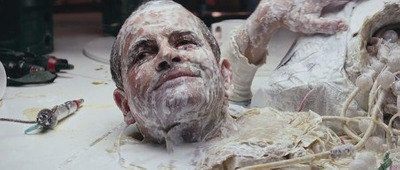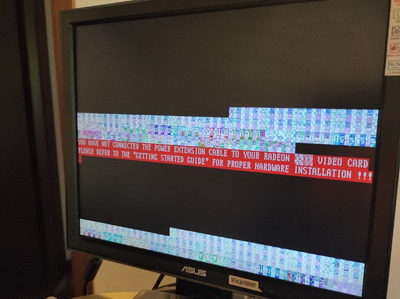I’ve successfully done repairs in the past like replacing capacitors, soldering SDRAM style memory chips, but I’ve never tried the oven reflow, I would if I were left with no other options and I didn’t care if the card was ruined in the process. Be sure to heed that good advice and get a used toaster oven from a thrift store if you want to attempt it and make sure to remove as much plastic as possible, and remove those memory heatsinks before you do it. Watch a few videos first, it should be fun times, but I would also try scrubbing the board with a toothbrush and IPA before trying the oven which should be your last resort.
BitWrangler wrote on 2021-07-23, 18:35:
In for the ride... I've got one with probs, though pretty definite it's the RAM chips, the artifacts nearly disappear when I press on them. Might get a cheapy amazon hot air pencil... I've done laptop chipsets with a paint stripping gun, but just a leeeeeeetle more finesse required on these I think.
See if you can figure out what part of the chip needs the work by pressing in different corners, top-right or bottom-left, etc. Then you can focus on that area alone during your repair. In my experience additional solder is not really needed, you can get away with melting what’s already there and reconnect the pins. If it’s has the pins exposed then all you need is a soldering iron and variety of tips to get it done. As far as I know BGA can only be resoldered with a heat gun, not as easy to repair as SDRAM style memory.






